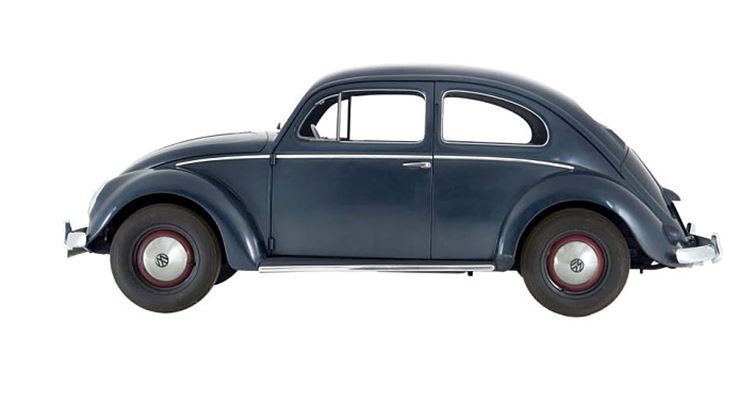Most museums the world over have too much on show – they are indigestible and overpowering. Recent exhibitions and new installations in London show a welcome trend to do more with less in terms of objects, and to engage the emotions as much as the minds of visitors.
‘Germany: Memories of a Nation – A 600-year history in objects,’ an exhibition curated in 2014 at the British Museum, for example, used a relatively small space to tell a big story: how Germany became a ‘modern monster’ and then took a long time to address its darker memories, and how non-Germans make sense of all that. There were 200 objects but many were coins so actually few big ones. There was a film clip of the Berlin Wall coming down and a Volkswagen Beetle on a plinth outside in the Great Court.
Alongside these hard historical ‘facts,’ were emotional exhibits such as ‘Woman with Dead Child‘ (1903) by Kathe Kollwitz. Towards the end, we moved from Goethe and Weimar as a symbol of German culture, through the development of modern design and technology at the Bauhaus (also in Weimar), and then as we turned a corner, there was a gateway from the Buchenwald concentration camp: noble tradition, technical innovation and the industrialization of death all associated with the same specific places.
Like most major exhibitions in London now it is partially archived online. There was also a linked radio series and a book that was not a catalog – so altogether, a multimedia experience asking as many questions as it gave answers.
Not everyone liked it because it was uncomfortable, unconventional and you had to work harder to make meaning, in true constructivist fashion. One conservative newspaper critic said, ‘This potentially fascinating exhibition veers from being chronically dull to mildly offensive.’ However, nearly every object in this exhibition helped answer the question, ‘What is Germany and what is distinctive about it?’
How would you use objects to ask similar questions about India? Rereeti’s digital project, ‘Object of my Affection,’ prompts readers to view their household objects in a new light and photograph a thing that they feel is most valuable and worthy of being curated in a museum.
To answer the same question for Britain and piece together its history and present through objects, you have to visit several museums to gain perspective. One disturbing place to do this is the Imperial War Museum, recently reopened after a massive makeover.
The galleries about the world wars have far too many objects, tell too many stories and it’s difficult to see the wood for the trees, but the post war story (Peace and Security: 1945 – 2014) is more selectively and chillingly told. It’s built up around objects with interesting, often deadly stories: you see first an atom bomb and then to your left an artist’s visualisation of what a victim might look like-a shop dummy coated in tar, blackened by fallout.
As the exhibition mentions, ‘From Britain and Europe after the Second World War through to the Cold War and the attack on the World Trade Center in 2001, Peace and Security reveals how conflicts have been fought and communities divided in places such as Kosovo, Iraq and Afghanistan from 1945 to the present day.’
The Holocaust Gallery has a pile of victims’ shoes as its key image. Again, a strongly multimedia experience where intensely resonant objects and art open up an emotional response alongside all the military hardware, where civilians matter as much as soldiers in the endless wars of recent years, and where social media open up new forms of dialogue between the museum collections and its viewers.
About the Author
 John Reeve, Former Chair of Group of Education (GEM), University College of London, Institute Of Education, London, and International Consultant on Rereeti’s Advisory Board.
John Reeve, Former Chair of Group of Education (GEM), University College of London, Institute Of Education, London, and International Consultant on Rereeti’s Advisory Board.
VIDEO: Do Museums Matter? Steven Conn’s book “Do Museums Still Need Objects” uses museums as a lens to explore 21st century challenges around public space and civic identity.














Very good article. Congratulations!! It is a reading pleasure to follow you. Thank you. Regards.
Thank you very much. We are glad to know that our readers enjoy our posts.
Reblogged this on Show The World.